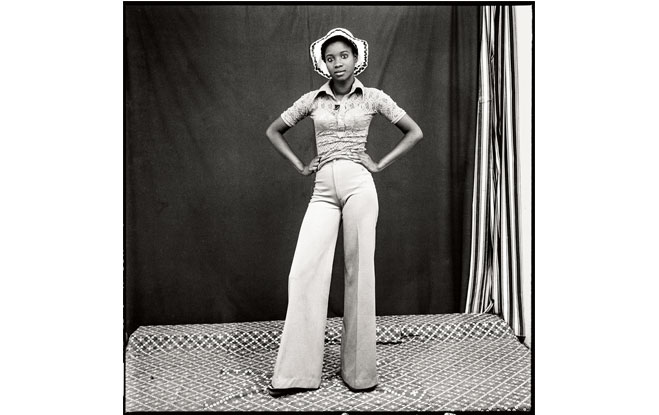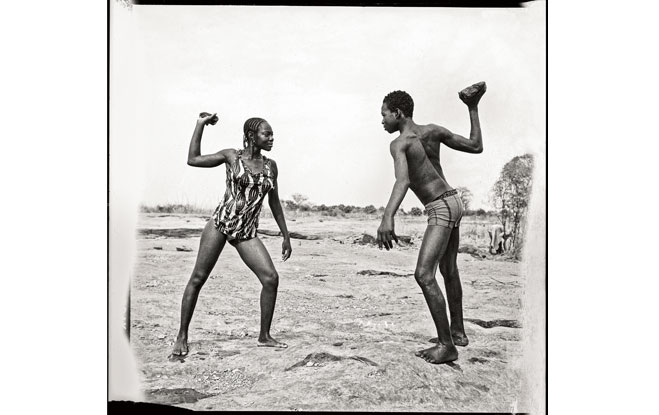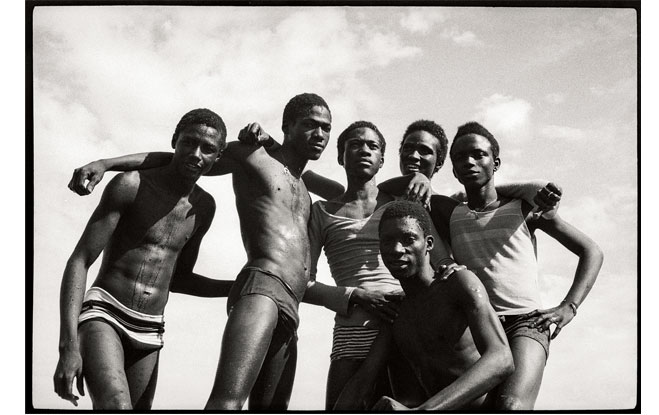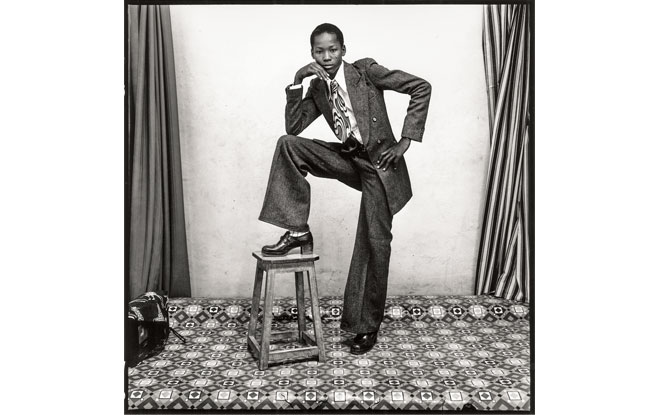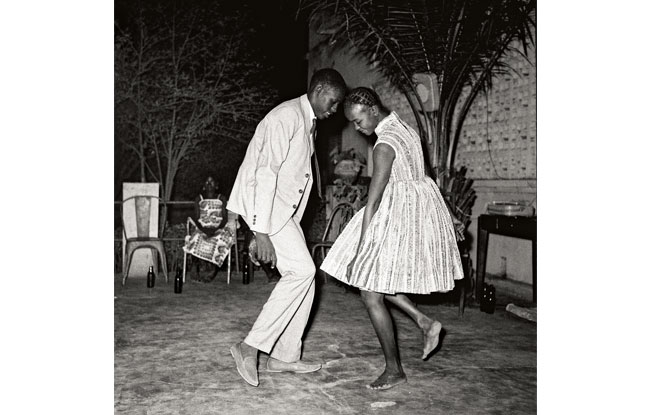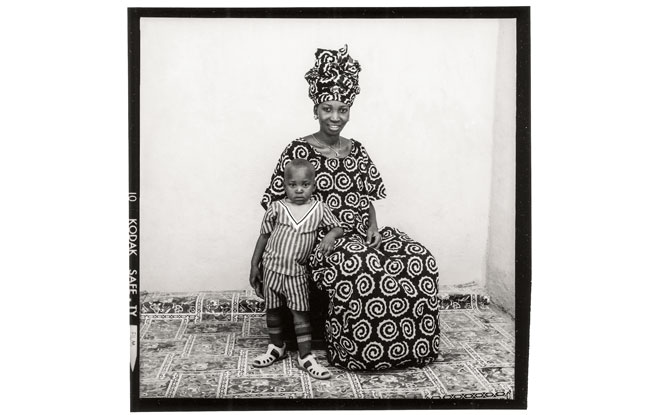How does one make black-and-white images so vibrant? Only Malick Sidibé knew.
The photographer sadly passed away last year on April 14, but his photographs continue to be as lively as ever.
Born in Mali, young Sidibé suffered an injury that left him blind in one eye. But that didn’t stop him from pursuing his passion for photography, a career path that had led him into becoming the first photographer as well as the first African artist to receive a Golden Lion Award for Lifetime Achievement at the Venice Biennale.
Sidibé was largely known for the photographs he took in the 1960s, after Mali gained its independence from France. His subjects were the youths of Mali’s capital city, Bamako, and their then-new-found freedom. Sidibé would shoot them as they attended parties, holding hands or dancing joyfully in their stylish dresses and fancy suits. In his photographs, Sidibé skillfully managed to capture the energy and vitality of the young people of Bamako; it’s even more impressive when you remember that all of his pictures are black-and-white. The photographs had earned him the nickname “The Eye of Bamako.”
Some of his most iconic works from the era and even more photographs (including never-before-seen ones) can now be viewed in an ongoing exhibition entitled Mali Twist, held at the Fondation Cartier in Paris, France. You can say that Sidibé, or at least his works, have come full circle now, as the Fondation Cartier was the same venue that hosted his first solo exhibition outside of the African continent in 1995.
Mali Twist will run until February 25, 2018.



